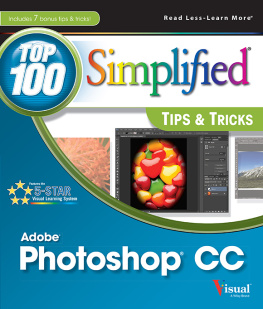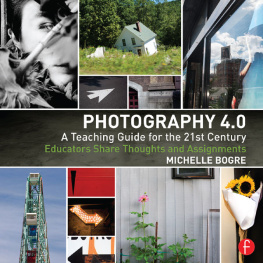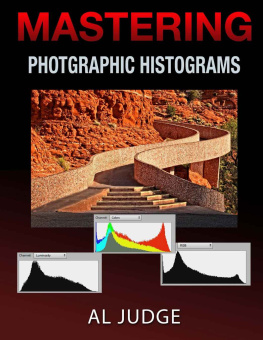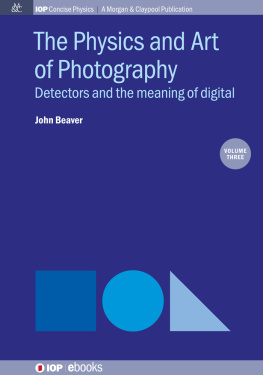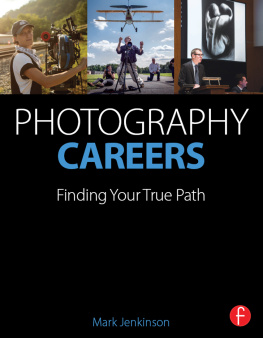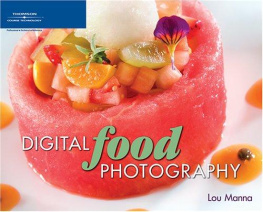
About the Author

Stan Sholik has spent over three decades as a commercial, advertising and illustrative photographer in Orange County, CA. During that time he has developed a national reputation in a wide range of technology-oriented specialties for his clients in the computer, electronics, medical device and food industries. Early in his career he began specializing in close-up/macro photography, motion-simulation and in-camera photocomposition to enhance the images created with his large-format cameras. Stan transitioned quickly to full digital capture and has applied several techniques unique to digital capture to his close-up and macro photography. He has also gained a reputation as a writer on both conventional and digital imaging topics with numerous articles and books. Self-taught as a photographer, Stan holds a BS degree in physics and an MA in English from Carnegie Institute of Technology in Pittsburgh, PA.
Copyright 2015 by Stan Sholik.
All rights reserved.
All photographs by the author.
Published by:
Amherst Media, Inc.
P.O. Box 586
Buffalo, N.Y. 14226
Fax: 716-874-4508
www.AmherstMedia.com
Publisher: Craig Alesse
Senior Editor/Production Manager: Michelle Perkins
Editors: Barbara A. Lynch-Johnt, Harvey Goldstein, Beth Alesse
Associate Publisher: Kate Neaverth
Editorial Assistance from: Carey A. Miller, Sally Jarzab, John S. Loder
Business Manager: Adam Richards
Warehouse and Fulfillment Manager: Roger Singo
ISBN-13: 978-1-60895-860-3
Library of Congress Control Number: 2014955644
10 9 8 7 6 5 4 3 2 1
No part of this publication may be reproduced, stored, or transmitted in any form or by any means, electronic, mechanical, photocopied, recorded or otherwise, without prior written consent from the publisher.
Notice of Disclaimer: The information contained in this book is based on the authors experience and opinions. The authors and publisher will not be held liable for the use or misuse of the information in this book.
Check out Amherst Medias blogs at: http://portrait-photographer.blogspot.com/
http://weddingphotographer-amherstmedia.blogspot.com/
Contents




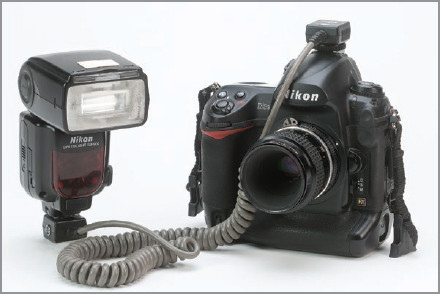




W hile the number of assignments available in many photographic specialties is decreasing, there are still relatively untapped growth areas for both still photographers and videographers. One of these specialty fields is legal photography.
Legal photography involves working closely with lawyers in law firms...
Do not confuse legal photography with the popular crime scene investigation, solve-a-mystery-in-an-hour, CSI television variety of legal work. It has none of the excitement, none of the glamour, and none of the interpersonal drama portrayed on those shows.
Instead, legal photography involves working closely with lawyers in law firms to provide photographic or video documentation relevant to their civil, not criminal, cases. It can involve a range of other photographic specialties from macro photography to architectural photography. No matter what is involved in a legal photography assignment, it is generally interesting and presents a new, unique set of problems to solve. Legal photography is far more technical than creative, but it is also in demand and is financially rewarding.
I have pursued legal photography as one of my photographic specialties for nearly thirty years and have seen a steady increase in recent times. Other photographers interested in the field have asked me how they could get started. This book is written in response to those requests. It is based on my knowledge and experience, my involvement with the unfortunately now defunct Evidence Photographers International Council (a former PPA affiliate), and discussions with other legal photographers.
I hope that you use this book as an introductory step to your future as a legal photographer or videographer.
Civil cases brought to arbitration or jury trial range from the relatively simple to the very complex. Common to all types of cases is the need to present evidence in a fair and accurate manner so that the truth of the case is disclosed and a decision can be determined by the arbiter or jury, or with an out of court settlement.
The role of the legal photographer and videographer is to provide graphical documentation so that persons unfamiliar with the circumstances of the case can arrive at an understanding of those circumstances and render a decision based on the facts, and sometimes the opinions, presented.
Photography plays a powerful role in our lives, and its increasing availability and ease of use ensures that this role will not diminish. However, since the introduction of digital capture and retouching, public skepticism of the ability to believe what one sees in a photograph is also increasing.
Because of this increased skepticism, the role of photography in legal cases is increasingly assigned to photographers familiar with the requirements of legal documentation and to those with a reputation for presenting the photographic documentation in a fair and accurate manner.
In order to be admissible as evidence, a photograph must be relevant and a fair and reasonably accurate representation of what the photographer observed. Before we discuss the advantages of digital imaging, we should look at how this admissibility requirement pertains to any type of photography.
Extremely wide-angle and long telephoto lenses do not present a fair representation.
Im sure the relevant requirement is clear. A fair representation addresses the subjective aspects of image making. It requires the photographer to make proper judgments in lens selection so that the observed scene is represented as a normal observer would observe it. Extremely wide-angle and long telephoto lenses do not present a fair representation, although they may have a place in the overall coverage of the scene.
Next page

